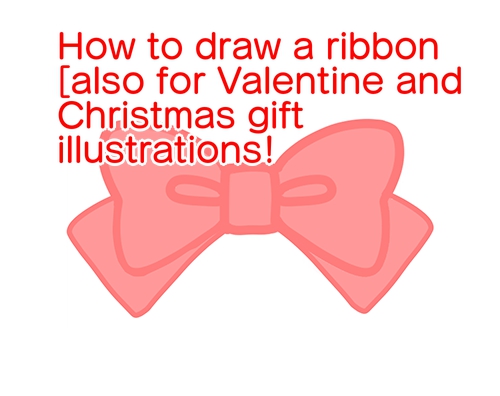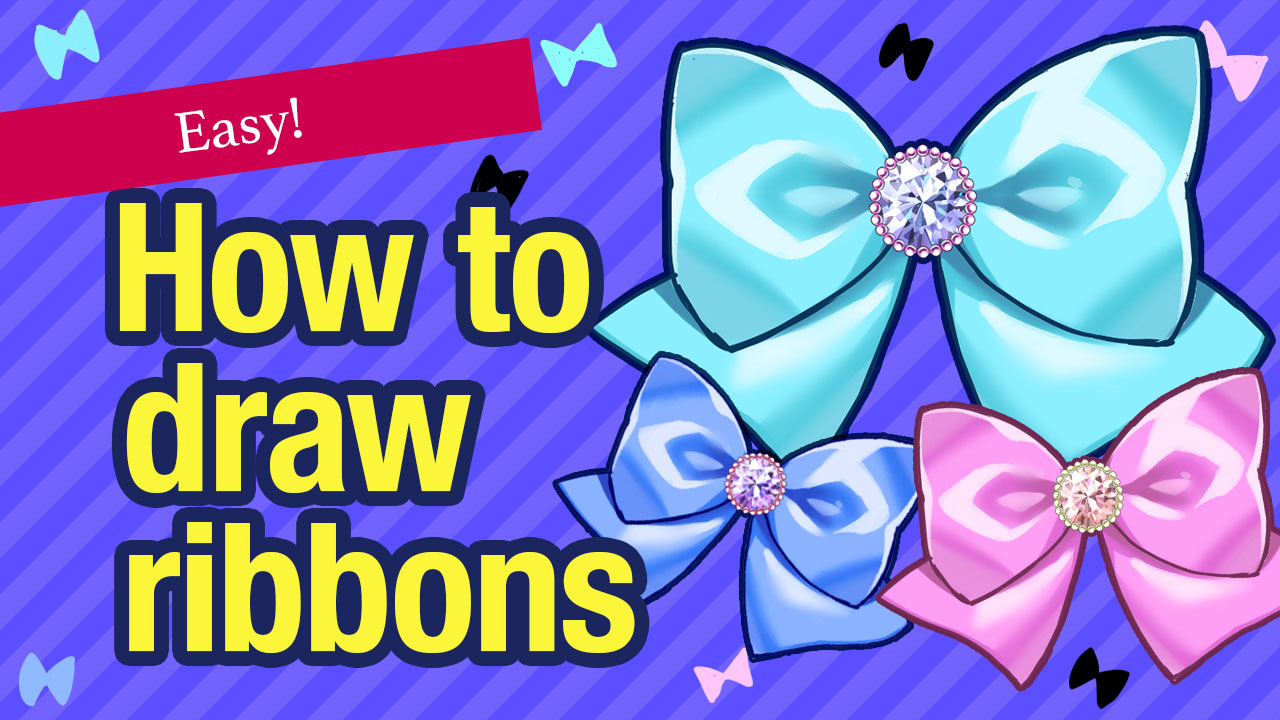2020.12.18
How to draw a ribbon 2 [Draw various ribbons].
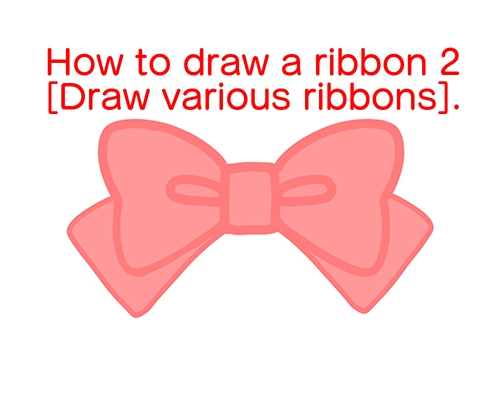
The impression of a ribbon changes with its texture, thickness, and the way it is tied.
So let’s take a look at the various ways to draw a ribbon.
Here’s how to draw a ribbon based on three characteristics: thickness, texture and knotting.
Index
1. Thickness
The thickness of the ribbons varies from one to the next.
Also, check out the characteristics of the left and right loops, as they are drawn differently.

Thick ribbon
The thicker ribbon gives a gorgeous look.
The underside of the loop doesn’t show much, so it is relatively easy to draw this ribbon.
Plumping up the silhouette of the loop or making it more rounded creates a pretty ribbon.
Medium thickness ribbon
The thickness is easy to handle because it is not too flashy or simple.
The slightly thinner the ribbon, the easier it is to see the bottom of the loop and the shadows that fall on it.
Thin ribbon
A thin ribbon can be simple and calm.
This allows you to adjust it to make it look more mature and not too impressive for the gift itself.
A thinner ribbon will show more of the bottom of the loop, even more so than a medium-thick ribbon.
[Points to keep in mind when drawing a thin ribbon]

When drawing the loop of the narrow ribbon, you should be careful about the area where the front and back of the ribbon are interchanged.
Even if you cannot see it, you should keep in mind that the line of the edge of the ribbon is connected from the front to the back in this area.
It may seem obvious, but if you don’t keep this in mind, it tends to be an unnatural loop as shown in the above picture, so try to keep it in mind.
2. Texture
If you want your ribbon to look a little more subdued or moist, you can change the texture of the ribbon.
Basic fluffy ribbon

The basic ribbon is soft and fluffy with the right amount of softness.
It can be made to look plump and pretty.
A ribbon with pins and bounce
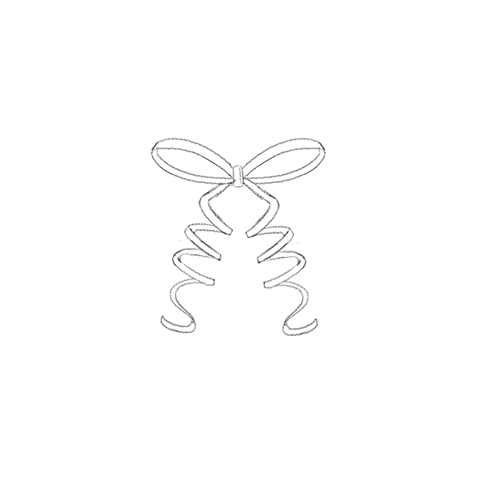
Among the thin ribbons used for wrapping is the firm and bouncy “curling ribbon”.
It is a ribbon that folds and binds easily, and can be curled with the back of scissors.
In the curling part, as with the loop, the front and back of the ribbon appear alternately, so be careful to draw the lines together.
It looks better when the curls are targeted to the left and right, so you can draw one of the curls on a new layer, duplicate the layer, and then flip it over by using the Transform tool > Target Left and Right.
Moist, elegant, soft ribbon
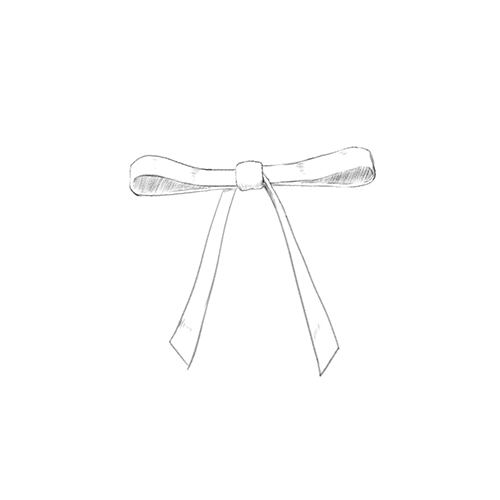
Drawing with a softer texture gives the ribbon a somewhat moist impression.
Adding a glossy effect to create a satin-like appearance gives a more elegant look.
When applying the gloss, be aware of the position of the light source and apply it to the parts of each piece that are most likely to be exposed to light.
3. How to tie the knot
The shape of the ribbon changes depending on how you tie it.
Knotting with more loops gives it a gorgeous look, so check it out.
Double Loop
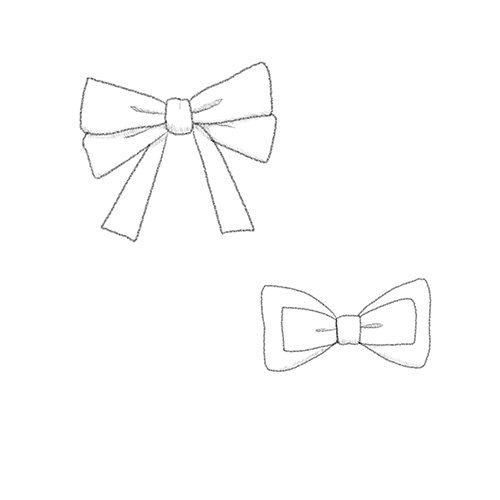
The double loop is a knot that makes two loops of ribbon (four loops).
Instead of making two ribbons and stacking them on top of each other, you make four loops and tie them together, so there is only one knot.
You can change the angle of the loops to get a different look, so choose the type you like.
Flower Ribbon

Flower ribbon is made up of many small loops and angles to create a floral look.
This ribbon is often used for wrapping and other applications, and it gives a three-dimensional and gorgeous look.
When drawing the flower ribbon, be aware of how the loops look from different angles and draw the loops from the center.
4. Summary
The impression of ribbon changes with its thickness, texture, and knotting.
Combine these three characteristics to create the ideal ribbon for the image you want to draw.
\ We are accepting requests for articles on how to use /

